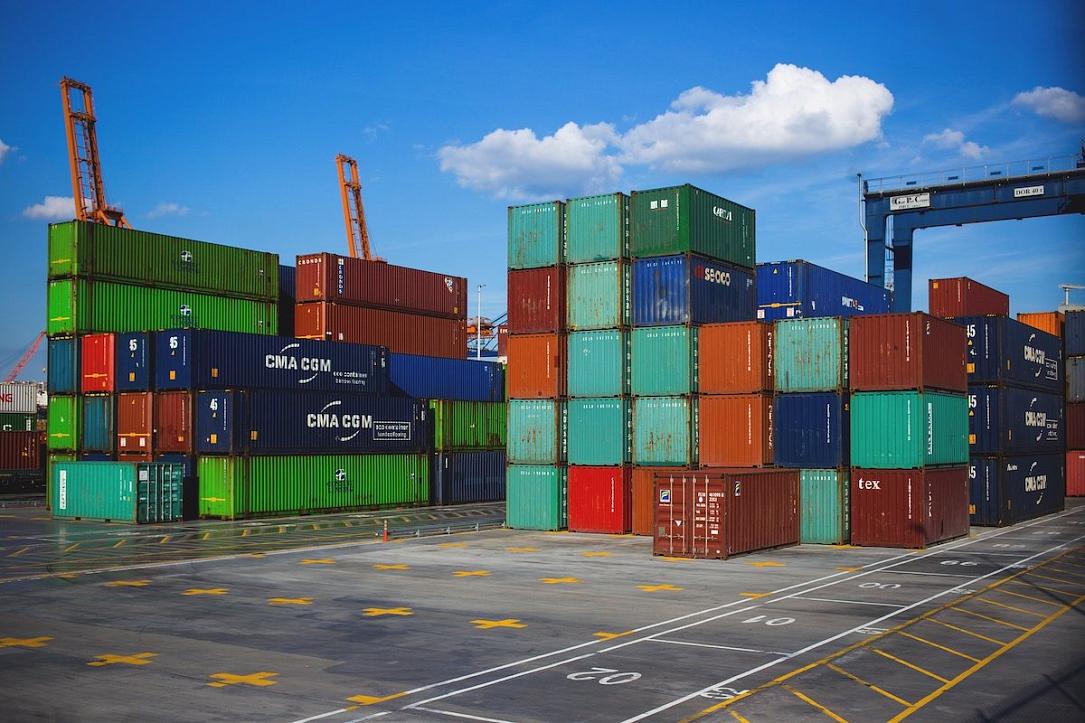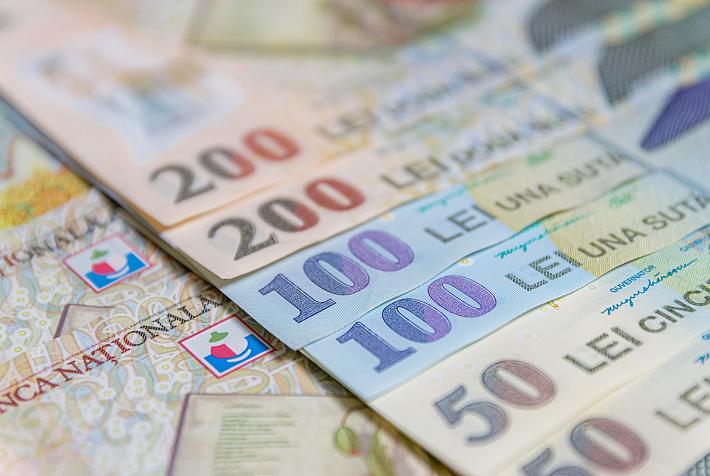Romania’s trade gap widens by 43% YoY in Q3

Romania’s quarterly foreign trade deficit has surpassed for the first time the EUR 5 bln threshold after it deepened to EUR 5.04 bln in the third quarter of the year (Q3) - when it was 43% larger compared to the same period of 2021.
The widening trade deficit is, to some extent, an effect of the global rise of commodity prices, but there is more than this.
As a share of the nominal GDP calculated over the latest four-quarter period available (ending June 2021), the trade gap in Q3 measured 2.2% of GDP - up from 1.6% in the same period of 2020 and 1.6% as well in the same period of 2019. In the second quarter of this year (Q2), the trade gap measured 1.9% of the four-quarter GDP, up from 1.6% in the same period of 2020 and 1.5% in the same period of 2019.
When it comes to the individual dynamics of exports and imports, Romania’s exporters improved their performance by only 8.4% compared to the third quarter of 2019 - while the exports surged by 14.8% over the two-year period. This resulted in a trade gap that was nearly 40% larger than before the crisis (Q3, 2019).
The annual dynamics includes a recovery component and shows a 13.3% YoY rise of exports to EUR 18.4 mln and an 18.6% rise of imports to EUR 24.4 bln.
The linear trend dynamics of exports estimated over the past four years show a slightly negative slope - under the impact of the slowdown in 2020.
Imports demonstrate a visible upward trend. The significant investments expected under the Resilience Facility over the coming years will likely further increase imports and deepen the trade gap.
iulian@romania-insider.com
(Photo source: Pixabay.com)













